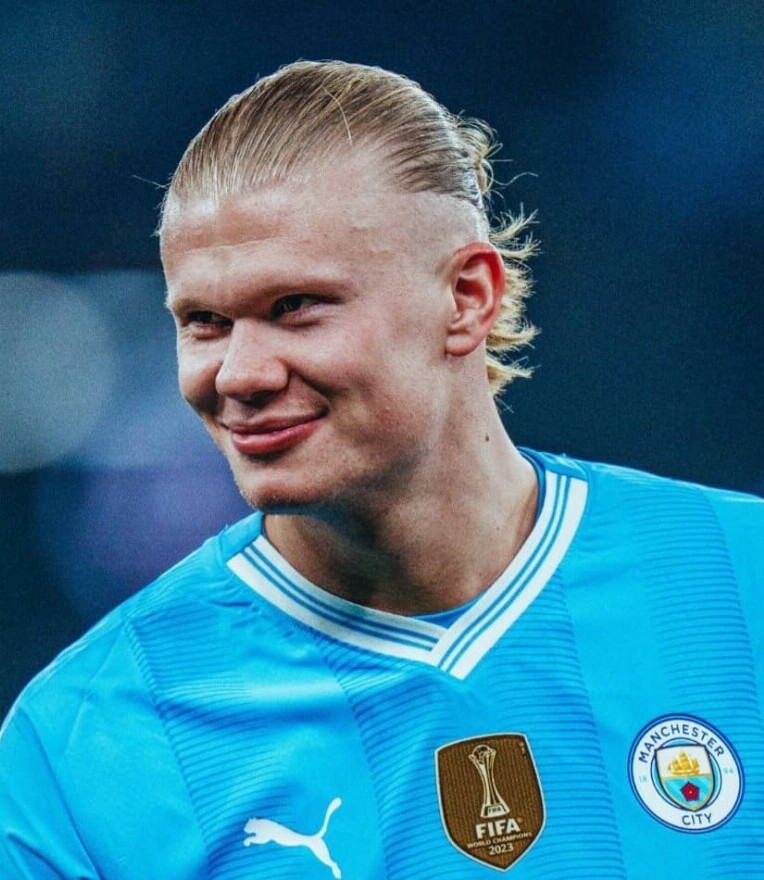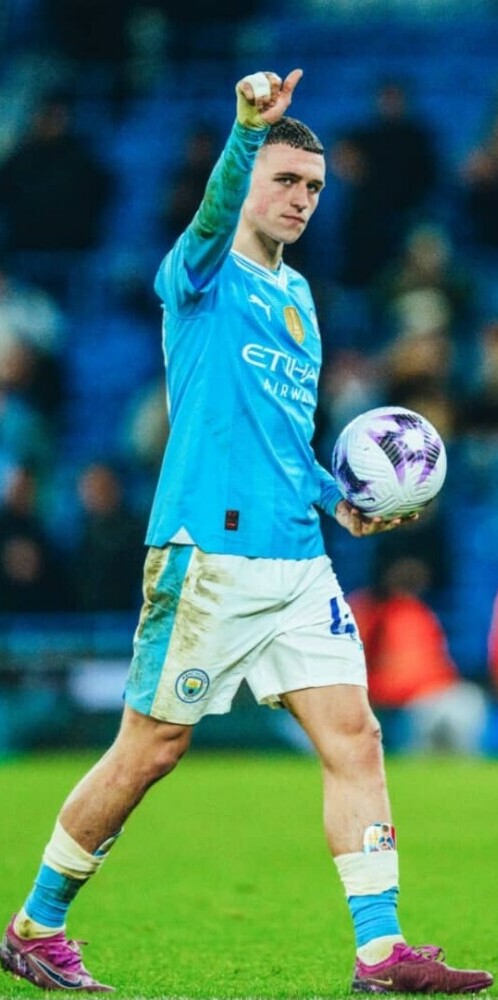Soccer, often referred to as the world`s most beautiful game, is a thrilling sport that demands teamwork, strategy, and skills from its players. Each individual on the field has a distinct role and responsibility, from defenders to strikers. Understanding soccer position and player roles is essential for both players and spectators to appreciate the intricate dynamics of the game.
In this article, we will delve into various positions on the soccer field and shed light on the unique responsibilities each player carries.
Let’s dive in and see these positions and their roles.
1) Goalkeeper (GK )
In the last line of defense, the goalkeeper plays a pivotal role in maintaining the team`s defensive integrity. Their primary objective is to prevent the opposing team from scoring goals.
Goalkeepers possess exceptional reflexes, agility, and communication skills. They must be able to anticipate shots make decisive saves and distribute the ball efficiently to initiate counterattacks.
We have a few examples of goalkeepers that show exceptional qualities of goalkeepers:-
The first is Emiliano Martinez of EPL Club Aston Villa. Emiliano is a World Cup winner with his country Argentina. He made several key saves against Manchester City and Arsenal in the 2023-24 season.
The second is Ederson who is the goalkeeper for Manchester City. He is the current Champions League goalkeeper with the lowest coefficient of only 0.36.
2) Defenders
Defenders form a crucial barrier between the opposition and the goal. They are responsible for stopping the opposing team`s attack and protecting their goal. The various defensive positions include Centre-backs (CB), full-backs (FB), and wing-backs (WB).
a) Centre-Backs (CB)- Centre-backs focus on marking the opponent, intercepting, and winning aerial duels.
Usually, these are tall guys in the team and also are the muscle of the team. In modern soccer, the latter are the ones that link up the attack.
They should have good vision and also be alert to quick release and precise passes they are the link to the midfield from the goalkeeper when attacking.
When defending these are the players that communicate with the rest of the team with the command of the goalkeeper.
A very good example of a good center-back in the English Premier League is Virgil van Dijk of Liverpool. By the time of writing this article, he has in the 2023-2024 season had done 22 tackles, 72 clearances, and 22 interceptions.
b) Full-Backs- The contemporary fullback is a wide defender in a back line of four who is in charge of joining attacks and creating opportunities in addition to guarding the wide zones. This is mainly accomplished by making forward runs that either overlap or underlay a teammate in the wide middle of the field.
In most cases, there are two fullbacks in a defensive line a left back and a right.
A fullback`s principal role is to defend their quadrant.
To do this, one must mark the opposing winger, prevail in wide defensive duels, and stop the crosses.
The entire back line changes in the direction of the opponent`s assault when they come from a specific side, eliminating the passing lanes and enhancing defense in the goal area.
The opposing fullback tucks in and is in charge of guarding the back post and pursuing any errant inbox runners.
Modern fullbacks must also pose an offensive threat when their team has the ball. They should have an eye for a pass, precise crossing, and 1 vs 1 dribbling abilities in their attacking arsenal.
Fullbacks must establish a rapport with their winger.
Elite wing partnerships frequently involve intricate give-and-go passes, overlapping runs, and underlapping runs.
- If you want to learn how to dominate as a fullback in soccer, you must first understand the core responsibilities.
- Full backs in defense
i. Defend Wide Areas
ii. Win 1 v 1 s
iii. Cover crosses from both sides
- Full back in attack
i) Contribute to the build-up
ii) Play attack in tandem with wingers
iii) Supply crosses
The best full-back defender in the 2023-2024 Champions League season is none other than Kyle Walker. This player has mastered the art of inverting, sitting back, and overlapping as part of the three defenders. He has good speed and good pace. In all the matches Kyle has contributed to build up thereby making Manchester City’s midfield very formidable.
3) Midfielders
Midfielders are the engine room of a soccer team. They bridge the gap between the defense and the attack, facilitating ball circulation and maintaining possession. Midfield positions include defensive midfielder (CDM), central midfielder (CM), attacking midfielder (CAM), and wide midfielder (RM/LM).
Defensive midfielders shield the defense, break opposing attacks, and initiate counterattacks. Defensive midfield is tasked to shield the defense from the opponent`s attack and is a player that lines up in front of the back four or back five defenders. Here is an illustration of a defensive midfielder in a 4-3-3 formation.
Defensive midfielders must intercept passes, tackle opponents, and track back when necessary to give defensive cover. They must have high technical skill in passing, dribbling, and ball control in addition to strong positional awareness and an accurate understanding of the game. To effectively perform their defensive duties, a defensive midfielder needs to be highly focused and familiar with the team`s defensive strategies.
a) Defensive Midfielder`s Skill Set
- The ability to perceive the game, pass accurately, and foresee opponent attacks are his or her visual attributes.
- breaking up opposing plays and providing cover for the defense are among defensive duties.
- when it is time to press forward or when it is important to drop back and give cover as an additional line of defense guarding your penalty area, a defensive midfielder needs to be able to recognize those situations
- they must therefore be able to read the game swiftly and with a strong vision.
- To succeed in this position, a defensive midfielder needs to make good decisions.
- To maintain control of the ball, they must be aware of when to pass and when to dribble
- They need a strong technique to quickly launch counterattacks after regaining possession of the ball from an opponent.
- They also need to have a solid sense of positioning so they get caught off guard by their opponent’s attacking tactics. A successful defensive midfielder is someone who possesses all these qualities and can effectively help their side dominate the midfield.
There a quite several professional defensive midfielders that graced EPL in the 90`s. We talk of Claude Makelele, Patrick Viera, and Roy Keane to name a few.
Today we have brilliant defensive midfielders like Enzo Fernandez and Declan Rice who have very high Squawka scores.
- b) Central midfielders
Many people are confused in distinguishing between a central midfielder and a defensive one. Here is the difference
i) the role of central midfielders is to support the attackers with inventive passing and daring runs while also assisting the defense.
ii) they are considerably more attack-minded players.
iii) they must be at ease receiving the ball in constrained situations and exercising prompt judgment under pressure.
Conversely defensive midfielders;
i) they prioritize defending the back line and stopping incoming attacks.
ii) they frequently play in deeper positions and are skilled at reading the game to predict where they should place themselves for the greatest impact.
Central midfielders control the tempo, distribute passes, and provide stability in defensive and offensive phases.
c) Attacking midfielders- usually called the playmaker, is in charge of developing opportunities for the team. They serve as the connection between the midfield and the striker and their passing range and vision are essential for breaching defenses. They are also in charge of making impromptu runs into the penalty area and scoring goals.
d) Wide midfielders
They are tasked with stretching the opposition’s defense by staying wide and providing crosses for the striker. Wide midfielders also have defensive responsibilities and are expected to track back and provide cover for the fullbacks. They are mostly used on 4-5-1 formation.
4) Forwards/Strikers
Forwards are often players who mesmerize fans with their goal-scoring prowess and agility. They are responsible for leading the team`s attack and putting the ball into the net. Strikers (ST) are the primary goal-scoring threats, using their positioning, movement, and finishing to find the back of the net. Supporting forwards, such as second stickers (SS) and wingers (RW\LW) provide assists, create chances, and stretch the opposing defense with their pace and dribbling skills.
Fans go crazy when forwards like Erling Harland, Cristiano Ronaldo, and Olivier Giroud, Phil Foden get hold of the ball in position.
Take away
Understanding soccer positions and player roles is fundamental to unlocking the intricate tactics employed by teams on the field.
Each position has specific responsibilities that contribute to the overall success of the team.
By appreciating the unique roles and skills of each player on the pitch, both players and spectators can develop a dipper understanding of the magnificence of the beautiful game.
So next time you watch a match, keep an eye out for teamwork, strategies, and individual brilliance displayed by the players in their distinct positions.
Which position do you think suits you??
Let us discuss this and any other soccer positions/roles you might want to know more about in the comment section below.
Happy soccer season folks.
Here’s a little transparency: Our website contains affiliate links. This means if you click and make a purchase, we may receive a small commission. Don’t worry, there’s no extra cost to you. It’s a simple way you can support our mission to bring you quality content.





Hi there,
I just finished reading “Decoding Soccer Positions And Player Roles: A Comprehensive Analysis,” and, it was such an informative read! As a casual soccer fan, I’ve always enjoyed the game but never fully grasped the complexity of each position and their roles on the field. Your breakdown made it so much easier to understand, especially the bit about midfielders being the “engine room” of the team. It got me thinking about how crucial their role is in connecting the defense and offense. It’s amazing how each position requires a unique skill set and mindset. I’m curious, in your opinion, which position has the steepest learning curve for new players, and why?
Thank you for your work and for sharing.
Makhsud.
Thank you Makhsud for your comment. I think midfielders has got the steepest learning cave. You can actually see even with professional soccer teams that when midfield is weak, the team is in trouble. The strikers would be useless and then there is great pressure on the defenders and the goalkeeper. A good team is shown by player in the middle of the park. I will discuss in greater detail the role of midfielders when I look at formations. Thank you very much.